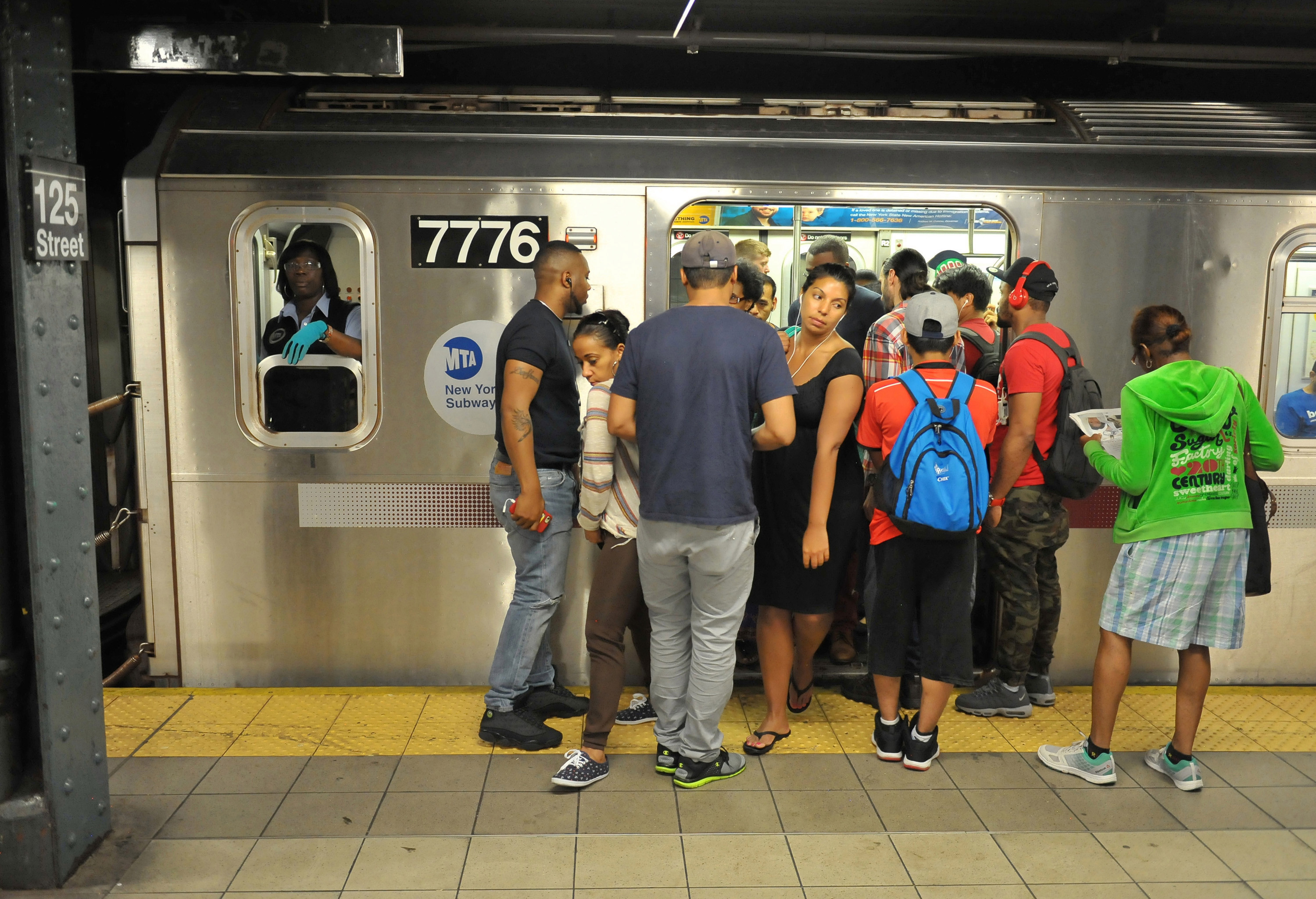Evidence of a Hurricane Sandy-like disaster was presented to the MTA as far back as 2007, according to reports by groups and climate scientists.
While Queens College students are still coping with the destruction by the hurricane in terms of housing and transportation, such a disaster could have prevented. The MTA, however, did not act upon the advice or warnings made by these individuals and groups.
As New Yorkers felt frustrated by the delay with trains and buses, it seems much of the damage could have been minimal based on the reports and testimonies provided by the Blue Ribbon Commission. As MTA workers have gone 11 months without a contract, it implies that the MTA does not want to invest its money in an area that does not relate to its debt. Its $32 billion debt is a major talking point within the MTA and is expected to grow to $39 billion by 2015, as estimated by the Citizens Budget Commission.
After Hurricane Irene, former MTA chief Jay Walder told city officials, “The worst fear we had, which was that the under river tunnels on the East River would flood with salt water, were not realized. We certainly dodged something there.”
Hurricane Irene struck in August of last year and was estimated by National Oceanic and Atmospheric Administration, to cost $15.6 billion. In comparison, Sandy is estimated to cost $50 billion. Since Irene, the MTA has not reinforced its 108-year-old infrastructure.
Klaus Jacob, a Columbia University climate scientist and his research team, released a report that warned of a Sandy-like event and its impact upon the infrastructure of the MTA. He later showed his evidence to the MTA and asked whether they had any plans in case of flooding.
“There was a big silence in the room because the system is so old. Many of the items that would be damaged by the intrusion of the saltwater into the system could not recover quickly,” he said.
In the report, Jacob and his team recommended certain priorities for the MTA to act upon, such as elevating “critical infrastructure” because of flood zones, protecting against “coastal hazards” with “levees, sea walls, barriers and pumping facilities,” and alliances with regional agencies to reduce risks with future natural disasters. Such actions would have incurred a “4:1” benefit to cost ratio that would have decreased the $50 billion estimate as mentioned in the report.
Fare hikes will still be a top priority for the MTA in spite of the damage of Hurricane Sandy. Before Sandy hit, MTA Chairman Joseph Lhota strongly suggested a recent hike in the fare from $2.25 to $2.50. After the hurricane, there seems to be alternative fare increases on the table as recent hearings have taken place regarding different fare increases.













